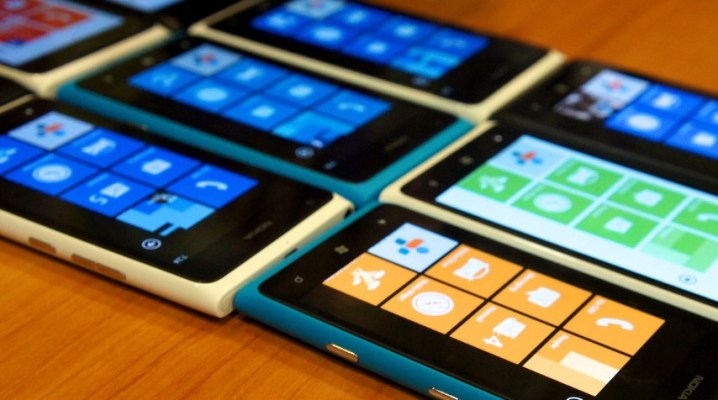Microsoft announced new data from IDC indicating that Windows Phone is the second-most-used mobile platform in Latin America. It would be simple to dismiss it as a minor victory in a secondary market, but the news is in fact a validation of Windows Phone’s strategy to grow its install base and accelerate its unit shipment growth.
Microsoft, obviously proud of the silver medal, reported the data, saying that “in one year, the operating system went from fourth to second place,” and that “there was 12 percent growth compared to the previous quarter.”
The context for this is twofold: Microsoft is gunning for volume while its low-cost handsets resonate in emerging markets, and while Windows Phone’s global aggregate market share is low, the platform is able to find traction in at least one hemisphere.
The news that Windows Phone is second place in Latin America is not a surprise, given the recent and steep sales volume of the Nokia Lumia 520 handset. The cheap device has quickly become the most popular Windows Phone handset, spanking earlier title holders, and not slowing down in its ascent.
The quick shift in Windows Phone market share in Latin America mirrors closely the rise of the Lumia 520 in the past few months, during which time — according to data from AdDuplex — its sales accelerated. Without too much mental stress, it isn’t hard to lash the trends together and deduce that Lumia 520 sales are helping to drive Latin American market share.
Microsoft implies as much: “In Latin America, there are more than 20 countries where the Windows Phone range of devices is available, from low-end smartphones, such as the Nokia Lumia 520 […].” Does this matter? Yes, and more than merely implying that Microsoft’s long, expensive, and somewhat lumpen mobile efforts are finally paying off, but also that the strategy behind its bets is sound.
Nokia, as chief OEM partner, gave Microsoft avenues to secondary markets that it could not have hoped to build or foster itself. And those secondary markets appear to be driving unit volume for Windows Phone.
So Microsoft wants to reach all markets, with devices from the Lumia 520 to the almost comically ostentatious Lumia 1020, but it appears that its cheaper phones in developing economies are for now providing it with the sort of growth it has long sought.
Top Image Credit: Vernon Chan
